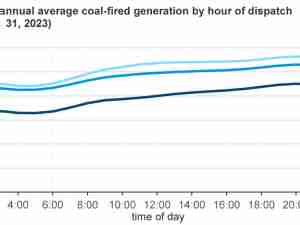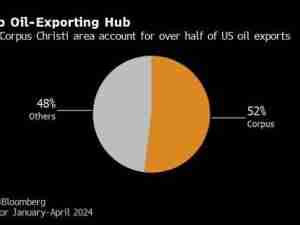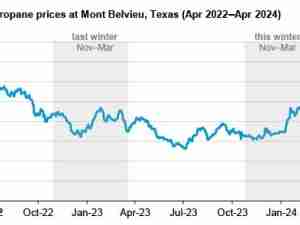The collapse in crude oil prices is wiping out much of the US petrochemical competitive advantage while global demand is being slammed by the continuing spread of the coronavirus. Financial markets are seizing up, throwing a wet blanket on new chemical investment and M&A activity, and ratcheting up the risk of a global recession.
“All things being equal, this [crude oil plunge] would tend to diminish competitiveness of US-based petrochemicals but it also depends on by-product values from cracking naphtha,” said Kevin Swift, chief economist of the American Chemistry Council (ACC).
Crude oil prices are also being watched closely as this has major implications for downstream prices and margins. Petrochemicals and polymers prices tend to follow crude oil. With the Brent crude oil collapse on Monday by as much as 30%, chemicals and polymers prices will likewise plunge.
US MARGINS UNDER THREAT
US producers using cheap natural gas liquids (NGLs) feedstock have enjoyed a competitive advantage in polyethylene (PE) production versus their peers in Europe and Asia which largely use oil-based naphtha. However, with a major decline in crude oil prices, the US advantage dissipates.
Linear low-density polyethylene (LLDPE), where the US has been rapidly adding capacity mainly for export, is a good example. On 6 March, the variable margin on spot US LLDPE from ethane feedstock was $666/tonne. That compared favourably to $632/tonne in northwest Europe and $312/tonne in Northeast Asia.
But that was before Monday’s collapse in crude oil prices.
What would a 20% decline in LLDPE prices do to US margins? Let’s assume for this exercise the other factors - co-product credits, and feedstock and utility costs - stay the same (you’d reasonably think both would decline, offering somewhat of an offset). US LLDPE margins would fall from $666/tonne, to just $275/tonne. A 30% decline in LLDPE prices under the same assumptions takes US margins down to $197/tonne.
European and Asian producers would not see such a level of margin collapse, if at all, as the sharp fall in naphtha feedstock costs could largely offset a PE price decline.
However, it won’t be all roses for European and Asian producers.
“China’s economy is clearly in a major downturn, and recovery will take a long time, while they will still be completing their planned new capacity,” said Paul Hodges, chairman of consultancy International eChem.
“So northeast Asia/southeast Asia and the Middle East will have to compete in an oversupplied Asian market. In Europe, the brand-owner moves toward the use of recycled material are getting ever-closer, and the new EU Green Deal will probably accelerate this transition. The opportunities are instead for new business models to be developed, based on a more-service-based approach,” he added.
US chemical stock prices cratered on Monday, with many far exceeding the 7.6% decline in the broader market as measured by the S&P 500.











